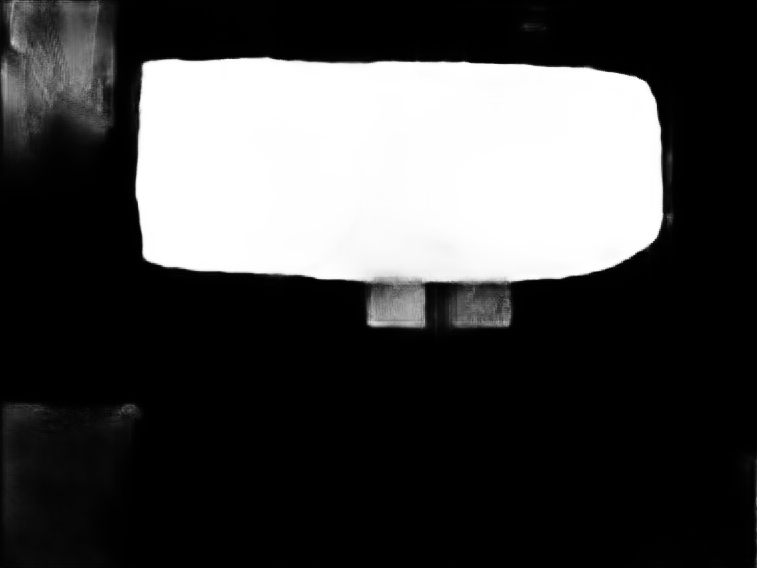Readme
Image Forensics OSN
An official implementation code for paper “Robust Image Forgery Detection against Transmission over Online Social Networks”
Table of Contents
Background
The increasing abuse of image editing software causes the authenticity of digital images questionable. Meanwhile, the widespread availability of online social networks (OSNs) makes them the dominant channels for transmitting forged images to report fake news, propagate rumors, etc. Unfortunately, various lossy operations, e.g., compression and resizing, adopted by OSNs impose great challenges for implementing robust image forgery detection.
To fight against the OSN-shared forgeries, in this work, a novel robust training scheme is proposed. Firstly, we design a baseline detector, which won top ranking in a recent certificate forgery detection competition. Then we conduct a thorough analysis of the noise introduced by OSNs, and decouple it into two parts, i.e., predictable noise and unseen noise, which are modelled separately. The former simulates the noise introduced by the disclosed (known) operations of OSNs, while the latter is designed to not only complete the previous one, but also take into account the defects of the detector itself. We finally incorporate the modelled noise into a robust training framework, significantly improving the robustness of the image forgery detector.
Furthermore, we build a public forgeries dataset based on four existing datasets, through uploading and downloading over the platforms of Facebook, Whatsapp, Weibo, and Wechat, respectively.
Dependency
- torch 1.6.0
- tensorflow 1.8.0
Usage
Input an image (.jpg/.png) to view the model’s predictions. Detected forgery is lighter in color than the rest of the image.
Citation
If you use this code/dataset for your research, please consider citing our paper:
@article{imageforensicsOSN,
title={Robust Image Forgery Detection against Transmission over Online Social Networks},
author={Haiwei Wu and Jiantao Zhou and Jinyu Tian and Jun Liu and Yu Qiao},
}
And the references of the original dataset:
@article{DSO,
title={Exposing digital image forgeries by illumination color classification},
author={T. Carvalho and C. Riess and E. Angelopoulou and H. Pedrini and A. Rezende Rocha},
journal={IEEE Trans. Inf. Forensics and Security},
volume={8},
number={7},
pages={1182--1194},
year={2013},
publisher={IEEE}
}
@inproceedings{Columbia,
title={Detecting image splicing using geometry invariants and camera characteristics consistency},
author={Y. Hsu and S. Chang},
booktitle={IEEE Inter. Conf. Multim. Expo},
pages={549--552},
year={2006},
organization={IEEE}
}
@misc{NIST,
title = {Nist nimble 2016 datasets},
howpublished = {\url{https://www.nist.gov/itl/iad/mig/nimble-challenge-2017-evaluation/}},
}
@inproceedings{CASIA,
title={Casia image tampering detection evaluation database},
author={J. Dong and W. Wang and T. Tan},
booktitle={IEEE China Summit Inter. Conf. Signal Info. Proc.},
pages={422--426},
year={2013},
organization={IEEE}
}
Acknowledgments
- Part of the network codes are based on the SCSE-U-Net
- The Tianchi Competition





